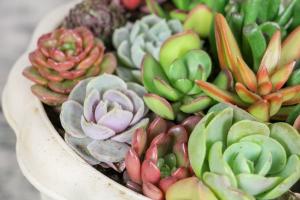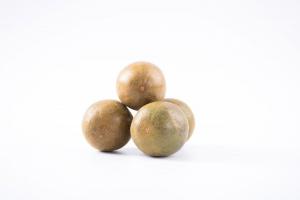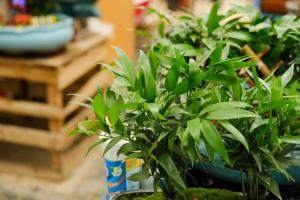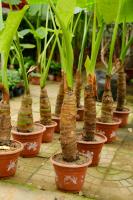When Do You Plant a Peach Tree?
If you're considering planting a peach tree, timing is crucial to ensure the tree's success. The best time to plant a peach tree is in the late fall or early spring, when the soil is moist but not frozen.
Why Plant in the Late Fall or Early Spring?
Planting in the late fall or early spring allows the tree to become established before the hot summer months. Peach trees thrive in warm temperatures, but newly planted trees need time to develop strong roots and acclimate to their new environment.
Planting in the late fall allows the tree to develop roots before winter dormancy. The tree will be better prepared to withstand any harsh weather conditions during the winter months. When spring arrives, the roots will be ready to take up nutrients and produce new growth.
Tips for Planting a Peach Tree
Before planting, choose a sunny location with well-draining soil. Peach trees require at least 6 hours of direct sunlight per day to produce fruit. Dig a hole that is twice the width of the tree's root ball and just deep enough to cover the roots. Mix compost and peat moss into the soil to improve drainage and enrich the soil.
When planting, be sure to spread the roots out evenly and set the tree straight in the hole. Fill the hole with soil and water thoroughly to ensure the soil settles around the roots. Add a layer of mulch around the base of the tree to retain moisture and discourage weed growth.
Caring for Your Peach Tree
Once your peach tree is established, it will require regular maintenance to ensure it produces healthy fruit. Water the tree deeply once a week during dry spells, and fertilize it in the early spring with a balanced fertilizer. Prune the tree in the late winter or early spring to remove any weak or dead branches and encourage new growth.
During the growing season, monitor the tree for signs of pests or disease. Peach trees are susceptible to infestations of aphids, scale, and borers. Treat any pest problems promptly to prevent damage to the tree and fruit. Watch for signs of brown rot, a common fungal disease that can damage fruit and foliage. Remove any infected fruit or branches and treat with a fungicide if necessary.
Harvesting Your Peach Tree
Peaches are typically ready for harvest in late June or early July, depending on the climate and variety of tree. Look for peaches that are firm but give slightly when pressed. The fruit should be fragrant and brightly colored. Use a gentle twisting motion to remove the fruit from the tree, being careful not to damage the stem.
After harvesting, store the peaches in a cool, dry place for a few days to allow them to ripen fully. Once ripe, peaches are best stored in the refrigerator or eaten immediately. Enjoy the sweet taste of homegrown peaches all summer long!

 how many times do yo...
how many times do yo... how many planted tre...
how many planted tre... how many pine trees ...
how many pine trees ... how many pecan trees...
how many pecan trees... how many plants comp...
how many plants comp... how many plants can ...
how many plants can ... how many plants and ...
how many plants and ... how many pepper plan...
how many pepper plan...
































